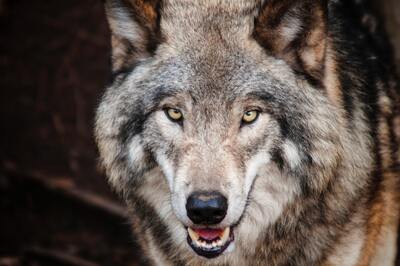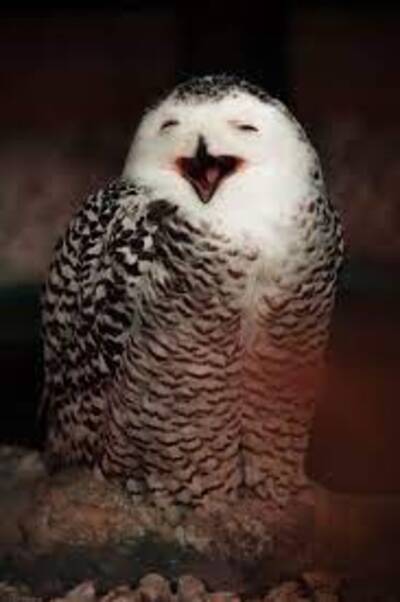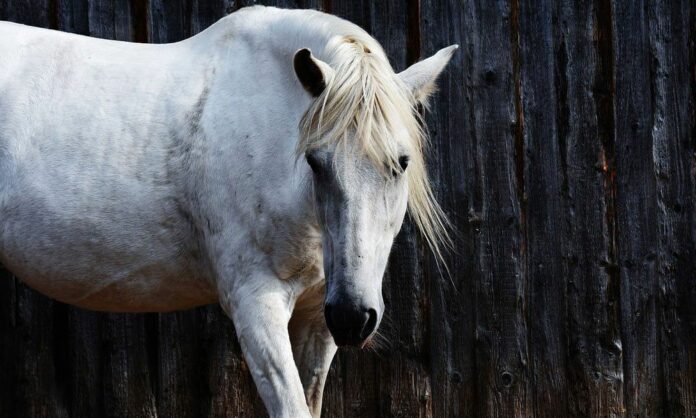Did you know that animals can have a sense of humor too? Recent studies have shown that laughter is not exclusive to humans. Monkeys, dogs, and rats have all been found to exhibit behaviors that are strikingly similar to human laughter.

According to neuroscientist Jaak Panksepp, neural circuits for laughter exist in ancient regions of the brain. Ancestral forms of play and laughter existed in other animals long before humans came along with their verbal repartee. For example, when chimps play and chase each other, they pant in a manner that is remarkably similar to human laughter, and dogs have a similar response.

Rats also exhibit playful behavior that resembles giggling. When they are playfully tickled, they chirp and bond socially with their human tickler. They seem to enjoy it and prefer to be tickled more. Joyful rats also prefer to hang out with other chirpers.

Laughter in humans starts at a young age, suggesting that it is a deep-seated brain function. The similarity of laughter in animals and humans could be explained by the fact that it typically involves similar play chasing. More research is needed to determine if animals are truly capable of laughter.

Understanding animal laughter could provide insight into why humans enjoy joking around, and it could even lead to new treatments for depression. While some still believe that laughter is uniquely human, Panksepp suggests that the joke is on them.

Science has shown that laughter is not exclusive to humans. Animal laughter may be different from human laughter, but the similarities suggest that it could have an important function in bonding and play.


